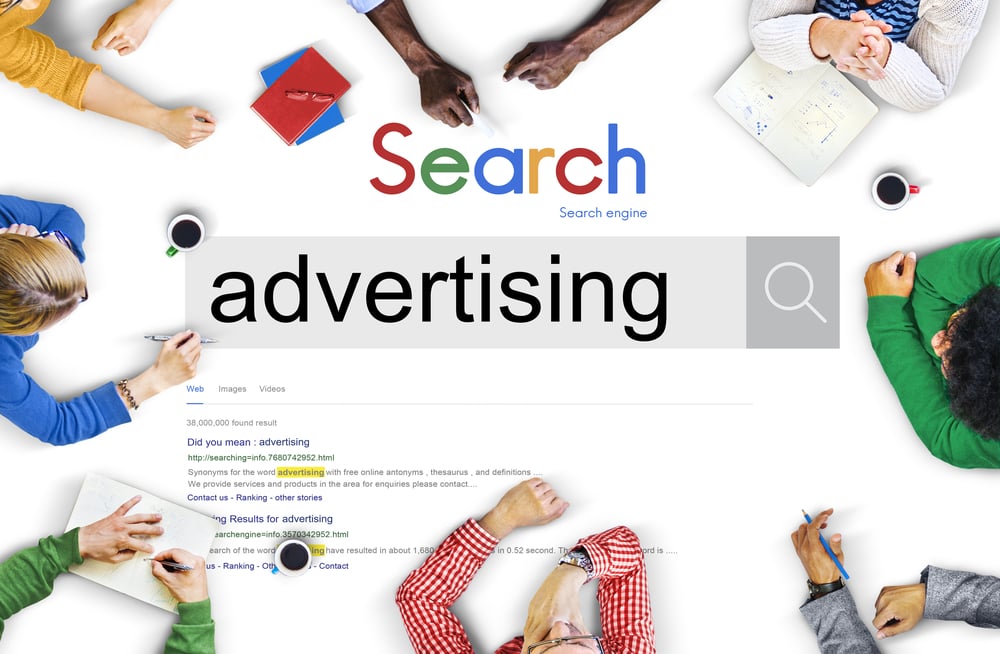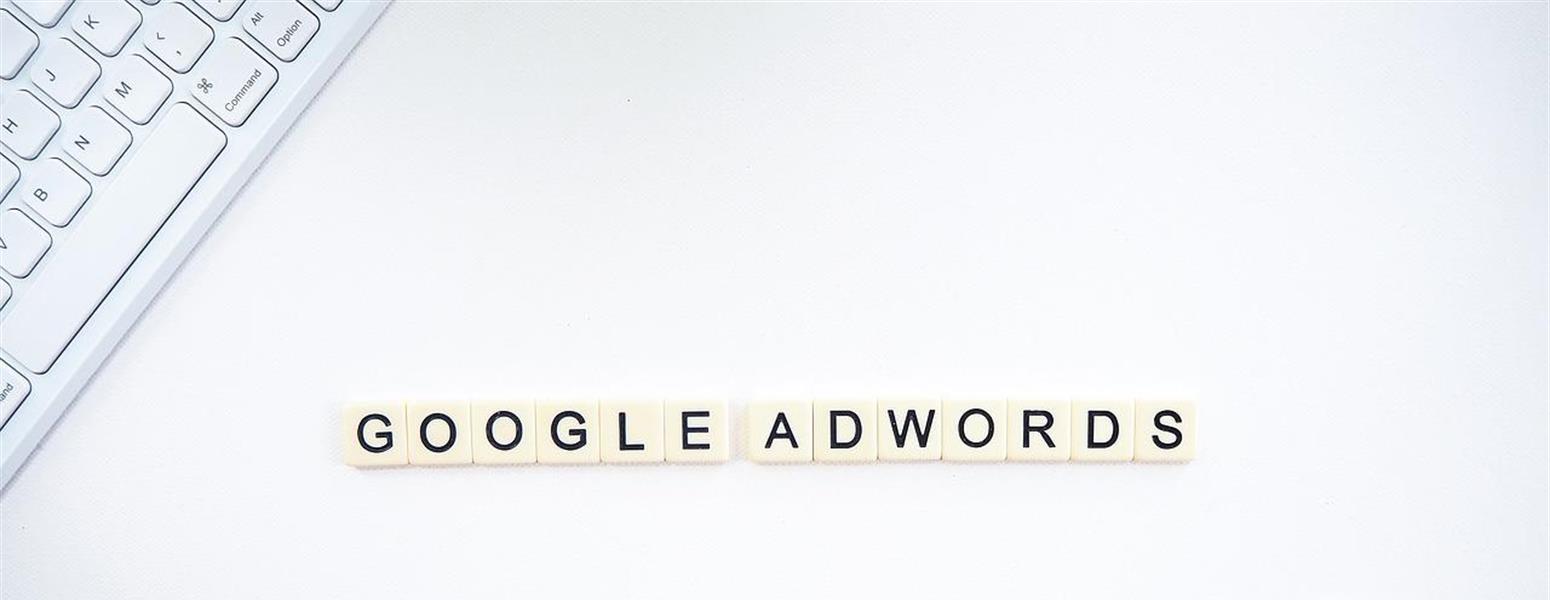Cracking the Code: Understanding Google Ad Payment Structure
Google Ad payment structure is a complex system that determines how much advertisers pay for their ads and how much publishers earn from displaying those ads. At its core, the Google Ad payment structure is based on a cost-per-click (CPC) model, where advertisers pay each time a user clicks on their ad. However, the actual cost of each click is determined by a variety of factors, including the advertiser’s bid, the ad’s relevance, and the user’s behavior.
In addition to CPC, Google Ad also uses a cost-per-thousand impressions (CPM) model, where advertisers pay for every 1,000 times their ad is displayed, regardless of whether it’s clicked or not. This model is often used for brand awareness campaigns, where the goal is to reach a large audience rather than drive specific actions.
Another key aspect of Google Ad payment structure is conversion-based pricing, where advertisers pay only when a user completes a specific action, such as filling out a form or making a purchase. This model is often used for e-commerce and lead generation campaigns, where the goal is to drive specific conversions.
So, how much do Google Ads pay? The answer depends on a variety of factors, including the niche or industry, the ad’s relevance, and the user’s behavior. On average, Google Ad CPC rates range from $0.50 to $5.00 per click, while CPM rates range from $0.50 to $50.00 per 1,000 impressions.
Understanding the Google Ad payment structure is crucial for advertisers who want to maximize their return on investment (ROI) and for publishers who want to optimize their ad revenue. By grasping the basics of CPC, CPM, and conversion-based pricing, advertisers and publishers can make informed decisions about their ad campaigns and improve their overall performance.
How to Maximize Your Google Ad Earnings: Tips and Strategies
Maximizing Google Ad earnings requires a combination of strategic planning, creative ad copywriting, and ongoing optimization. To increase your Google Ad revenue, focus on optimizing ad placement, improving ad relevance, and leveraging targeting options. By doing so, you can improve your ad’s visibility, drive more clicks, and ultimately boost your earnings.
One of the most effective ways to maximize Google Ad earnings is to optimize ad placement. This involves selecting the most relevant and high-traffic websites, mobile apps, and YouTube channels to display your ads. By targeting your ads to the right audience, you can increase your ad’s visibility and drive more clicks.
Improving ad relevance is another crucial factor in maximizing Google Ad earnings. This involves creating ad copy that resonates with your target audience and aligns with their interests and needs. By using relevant keywords, compelling headlines, and engaging visuals, you can increase your ad’s click-through rate (CTR) and drive more conversions.
Leveraging targeting options is also essential for maximizing Google Ad earnings. This involves using Google’s advanced targeting features, such as demographic targeting, interest-based targeting, and lookalike targeting, to reach your desired audience. By targeting your ads to the right people, you can increase your ad’s relevance and drive more conversions.
In addition to optimizing ad placement, improving ad relevance, and leveraging targeting options, it’s also important to focus on ad copywriting and visual appeal. This involves creating ad copy that is clear, concise, and compelling, and using visuals that are eye-catching and engaging. By doing so, you can increase your ad’s CTR and drive more conversions.
So, how much do Google Ads pay for optimized ad campaigns? The answer depends on a variety of factors, including the niche or industry, the ad’s relevance, and the user’s behavior. However, by optimizing ad placement, improving ad relevance, and leveraging targeting options, you can increase your Google Ad earnings and drive more conversions.
For example, a well-optimized Google Ad campaign in the finance niche can earn up to $5.00 per click, while a campaign in the e-commerce niche can earn up to $2.00 per click. By optimizing your ad campaigns and focusing on relevance, targeting, and ad copywriting, you can increase your Google Ad earnings and drive more conversions.
Google AdSense vs Google AdWords: What’s the Difference?
Google AdSense and Google AdWords are two popular platforms offered by Google, but they serve different purposes and are used by different types of users. Understanding the difference between AdSense and AdWords is crucial for anyone looking to monetize their website or online content with Google Ads.
Google AdSense is a platform designed for publishers, who want to monetize their website, blog, or YouTube channel with targeted ads. AdSense allows publishers to earn money from their online content by displaying ads on their website or YouTube channel. The ads are provided by Google, and the publisher earns a portion of the revenue generated by the ads.
On the other hand, Google AdWords is a platform designed for advertisers, who want to promote their products or services online. AdWords allows advertisers to create and display ads on Google’s search engine and other websites across the internet. Advertisers pay Google for each click on their ad, and the cost of each click is determined by a bidding system.
So, how do AdSense and AdWords work together? AdSense is used by publishers to display ads on their website or YouTube channel, while AdWords is used by advertisers to create and display ads on Google’s search engine and other websites. When a user clicks on an ad displayed on a publisher’s website, the advertiser pays Google for the click, and the publisher earns a portion of the revenue generated by the ad.
In terms of revenue, AdSense publishers can earn anywhere from $0.10 to $10.00 per click, depending on the niche, ad placement, and user behavior. AdWords advertisers, on the other hand, can pay anywhere from $0.10 to $50.00 per click, depending on the bidding system and ad placement.
Understanding the difference between AdSense and AdWords is crucial for anyone looking to monetize their website or online content with Google Ads. By knowing how each platform works, publishers and advertisers can optimize their ad campaigns and maximize their revenue.
For example, a publisher with a popular blog in the finance niche can earn up to $5.00 per click with AdSense, while an advertiser in the same niche can pay up to $10.00 per click with AdWords. By understanding the difference between AdSense and AdWords, publishers and advertisers can make informed decisions about their ad campaigns and maximize their revenue.
Factors Affecting Google Ad Payment Rates: A Deep Dive
Google Ad payment rates are influenced by a variety of factors, including ad position, ad format, device type, and user behavior. Understanding these factors is crucial for advertisers and publishers who want to maximize their ad revenue. In this section, we’ll take a deep dive into the factors that affect Google Ad payment rates and explore how they impact CPC and CPM rates.
Ad position is one of the most significant factors that affect Google Ad payment rates. Ads that appear at the top of the search engine results page (SERP) tend to earn more than ads that appear lower down the page. This is because users are more likely to click on ads that appear at the top of the page, and advertisers are willing to pay more for these premium ad positions.
Ad format is another factor that affects Google Ad payment rates. Different ad formats, such as text ads, image ads, and video ads, have different CPC and CPM rates. For example, video ads tend to earn more than text ads, while image ads tend to earn more than text ads.
Device type is also a factor that affects Google Ad payment rates. Ads that appear on mobile devices tend to earn more than ads that appear on desktop devices. This is because mobile users are more likely to click on ads, and advertisers are willing to pay more for these mobile ad impressions.
User behavior is another factor that affects Google Ad payment rates. Users who are more likely to click on ads, such as users who are searching for specific products or services, tend to earn more than users who are less likely to click on ads.
So, how much do Google Ads pay for different ad positions, formats, and devices? The answer depends on a variety of factors, including the niche, ad relevance, and user behavior. However, here are some general estimates of CPC and CPM rates for different ad positions, formats, and devices:
For example, ads that appear at the top of the SERP can earn up to $5.00 per click, while ads that appear lower down the page can earn up to $1.00 per click. Video ads can earn up to $10.00 per click, while image ads can earn up to $5.00 per click. Mobile ads can earn up to $2.00 per click, while desktop ads can earn up to $1.00 per click.
By understanding the factors that affect Google Ad payment rates, advertisers and publishers can optimize their ad campaigns and maximize their ad revenue. Whether you’re an advertiser looking to increase your ad revenue or a publisher looking to monetize your website, understanding these factors is crucial for success in the Google Ad ecosystem.
Real-Life Examples: How Much Do Google Ads Pay for Different Niches?
Google Ad payment rates can vary significantly depending on the niche or industry. In this section, we’ll provide concrete examples of Google Ad payment rates for various niches, including finance, e-commerce, and technology.
Finance is a highly competitive niche, with many advertisers bidding for ad space. As a result, Google Ad payment rates for finance-related ads can be quite high. For example, ads for personal loans can earn up to $10.00 per click, while ads for credit cards can earn up to $5.00 per click.
E-commerce is another niche with high Google Ad payment rates. Ads for online shopping can earn up to $2.00 per click, while ads for product reviews can earn up to $1.50 per click.
Technology is a broad niche with varying Google Ad payment rates. Ads for software downloads can earn up to $5.00 per click, while ads for tech news can earn up to $1.00 per click.
Here are some average CPC and CPM rates for different niches:
Finance:
- Personal loans: $10.00 per click, $50.00 per 1,000 impressions
- Credit cards: $5.00 per click, $20.00 per 1,000 impressions
- Insurance: $3.00 per click, $15.00 per 1,000 impressions
E-commerce:
- Online shopping: $2.00 per click, $10.00 per 1,000 impressions
- Product reviews: $1.50 per click, $5.00 per 1,000 impressions
- Shopping cart abandonment: $1.00 per click, $2.00 per 1,000 impressions
Technology:
- Software downloads: $5.00 per click, $20.00 per 1,000 impressions
- Tech news: $1.00 per click, $2.00 per 1,000 impressions
- Gadgets: $2.00 per click, $5.00 per 1,000 impressions
These are just a few examples of Google Ad payment rates for different niches. Keep in mind that these rates can vary depending on a variety of factors, including ad relevance, targeting options, and user behavior.
Expert Insights: Tips from Seasoned Google Advertisers
Google Advertisers who have been in the game for a while have learned a thing or two about how to maximize their ad revenue. In this section, we’ll share some expert insights and tips from seasoned Google advertisers who have successfully navigated the Google Ad landscape.
One of the most important tips from our experts is to focus on ad relevance. “The key to success with Google Ads is to make sure your ads are relevant to your target audience,” says John Lee, a seasoned Google advertiser. “If your ads are not relevant, you’ll end up paying more for clicks and getting fewer conversions.”
Another expert tip is to use targeting options effectively. “Targeting options are a powerful tool in Google Ads,” says Sarah Taylor, a Google Ads specialist. “By targeting the right audience, you can increase your ad’s visibility and drive more conversions.”
Our experts also emphasize the importance of ad copywriting and visual appeal. “Your ad copy and visuals should be attention-grabbing and compelling,” says Michael Kim, a Google Ads expert. “If your ad doesn’t stand out, you’ll get lost in the noise and miss out on potential customers.”
Finally, our experts stress the importance of staying up-to-date with the latest Google Ad trends and updates. “Google Ads is constantly evolving, and if you don’t stay on top of the latest trends and updates, you’ll fall behind,” says Emily Chen, a Google Ads specialist.
So, how much do Google Ads pay for expertly crafted ad campaigns? The answer depends on a variety of factors, including the niche, ad relevance, and targeting options. However, by following the tips and strategies outlined above, you can increase your chances of success and maximize your ad revenue.
For example, a well-crafted ad campaign in the finance niche can earn up to $5.00 per click, while a campaign in the e-commerce niche can earn up to $2.00 per click. By focusing on ad relevance, targeting options, and ad copywriting, you can increase your ad’s visibility and drive more conversions.
Common Mistakes to Avoid: Google Ad Payment Pitfalls
Google Ad payment rates can be affected by a variety of factors, including ad targeting, ad copy, and landing page optimization. However, there are some common mistakes that can negatively impact Google Ad payment rates, and it’s essential to avoid them to maximize ad revenue.
One of the most common mistakes is poor ad targeting. “If your ads are not targeted correctly, you’ll end up paying more for clicks and getting fewer conversions,” says a Google Ad expert. “Make sure to use targeting options effectively to reach your desired audience.”
Another mistake is low-quality ad copy. “Your ad copy should be attention-grabbing and compelling,” says a Google Ad specialist. “If your ad copy is not relevant or engaging, you’ll get lost in the noise and miss out on potential customers.”
Inadequate landing page optimization is also a common mistake. “Your landing page should be optimized for conversions,” says a Google Ad expert. “If your landing page is not relevant or user-friendly, you’ll get fewer conversions and lower ad revenue.”
Other common mistakes include:
- Poor ad placement: Make sure to place your ads in relevant and high-traffic areas.
- Low-quality ad visuals: Use high-quality images and videos to make your ads stand out.
- Inadequate keyword research: Conduct thorough keyword research to ensure your ads are relevant and targeted.
- Insufficient budget allocation: Allocate sufficient budget to your ad campaigns to ensure maximum visibility and conversions.
By avoiding these common mistakes, you can increase your chances of success and maximize your Google Ad revenue. Remember, Google Ad payment rates can vary significantly depending on a variety of factors, so it’s essential to stay informed and adapt to changes in the Google Ad landscape.
For example, a well-optimized ad campaign in the finance niche can earn up to $5.00 per click, while a campaign in the e-commerce niche can earn up to $2.00 per click. By avoiding common mistakes and optimizing your ad campaigns, you can increase your ad revenue and stay ahead of the competition.
Staying Ahead of the Curve: Google Ad Trends and Updates
The Google Ad landscape is constantly evolving, with new trends and updates emerging regularly. To maximize ad revenue, it’s essential to stay informed about these changes and adapt your strategies accordingly.
One of the most significant trends in Google Ads is the increasing importance of mobile advertising. With more and more users accessing the internet on their mobile devices, it’s essential to optimize your ads for mobile. This includes using mobile-friendly ad formats, such as responsive ads, and targeting mobile-specific audiences.
Another trend is the rise of video advertising. Video ads are becoming increasingly popular, and Google Ads offers a range of video ad formats, including YouTube video ads and Google Video ads. To maximize ad revenue, it’s essential to incorporate video ads into your Google Ads strategy.
Google Ads is also introducing new targeting options, such as custom affinity audiences and custom intent audiences. These targeting options allow you to reach specific audiences based on their interests and behaviors, increasing the effectiveness of your ads.
In addition, Google Ads is updating its payment structures, including the introduction of a new cost-per-conversion (CPC) pricing model. This model allows you to pay only for conversions, rather than clicks, making it easier to measure the effectiveness of your ads.
By staying informed about these trends and updates, you can maximize your ad revenue and stay ahead of the competition. Remember, Google Ad payment rates can vary significantly depending on a variety of factors, so it’s essential to stay up-to-date with the latest trends and updates.
For example, a well-optimized ad campaign in the finance niche can earn up to $5.00 per click, while a campaign in the e-commerce niche can earn up to $2.00 per click. By staying informed about the latest trends and updates, you can increase your ad revenue and stay ahead of the competition.






